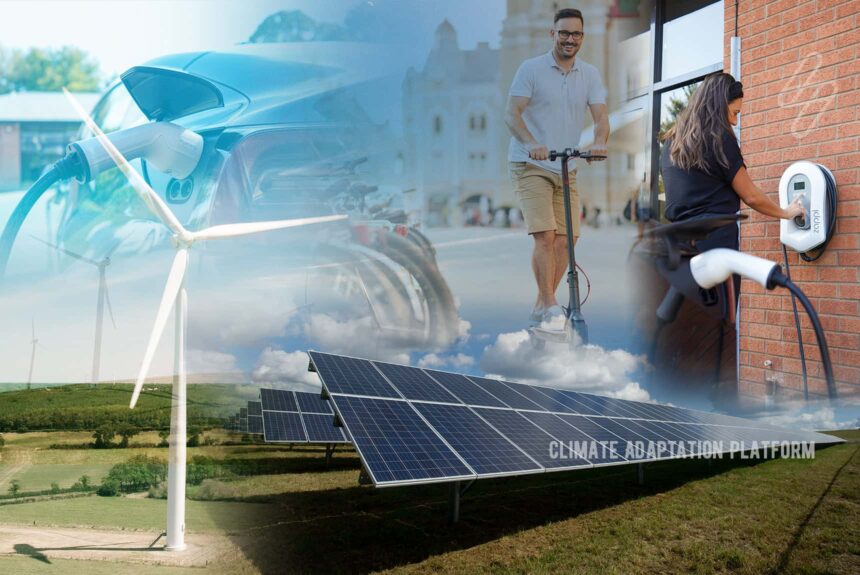50 Hertz, a Berlin-based utility responsible for controlling the flow of electricity to 18 million people in Eastern and Northern Germany, has been a frontrunner in securing the integration of renewable energy into the grid.
Their grid can transmit 50-60% wind and solar power. A decade ago, custodians of grids would tell you this is an impossible feat because renewables are too costly and intermittent when it comes to generating power, unlike coal or fossil fuels which can generate power 24/7.
The company plans to continue its progress aiming to handle 100% wind-and solar-grid by 2032.
Other countries have almost realised this ambition – Denmark has at times run its entire grid entirely on wind energy, and on 3 April at 3.39 pm, 97% of California’s power came from wind and solar.
Progress in engineering and technology and now the steadily plummeting prices of renewables have served to overcome the barriers of transitioning away from fossil fuels and even make the grid up to a hundred per cent renewable.
The Economist article, “Electrifying everything does not solve the climate crisis, but it is a great start”, looks at the opportunities of transitioning the grid to 100% renewables and the obstacles surrounding the shift.
First, the backup capacity of renewables needs to be increased to 2030 levels, especially after sunset and periods without wind. Until then, the article says we will still need other alternative energy sources, preferably from low-carbon sources like nuclear, hydrogen, and even natural gas.
Second, the war in Ukraine that sent natural gas prices soaring opened security concerns. Those concerned about the climate would want to increase renewable capacity to not depend on “geopolitically dodgy sources”. But those who prioritise energy security would like to increase Europe’s ability to import liquefied natural gas (LNG). At the same time, climate advocates want to establish “system-level change through a once-and-for-all replacement of infrastructure”. Hence the slogan “get new gas, then go green” for those who wish for energy security versus “to go green means no gas” from those devoted to the climate.
For some, this issue is not simply choosing between natural gas or renewables, as both have a role to play in the transition to renewable power. California’s governor, Gavin Newsom, announced that the natural gas reserve would ensure that the shift to renewable won’t lead to blackouts.
The question remains: should there be political support for rapid and radical decarbonisation, and will the existing technology allows us to do so?
Is there willingness from developed and developing economies to support renewable transition and make do with less energy or avoid all the massive political and economic disruptions that come with it and “favour going long on research”.
Click the link to read the entire article: Electrifying everything does not solve the climate crisis, but it is a great start.



Leave a Reply